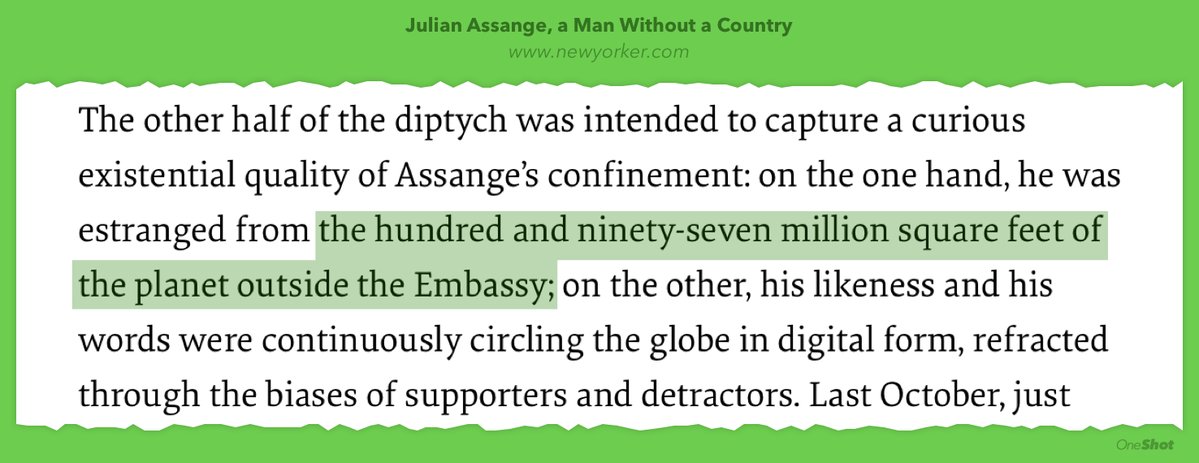August 16, 2017
Briefly
- “Is it legal for me to violate Terms of Service in order to collect data for a research project?” (in the US). Casey Fiesler on law and ethics of scraping
- My first boss as a statistician. John Simes, has won the University of Sydney Vice-Chancellor’s Award for Excellence. Among other things, he was one of the early proponents of universal clinical trial registration. In 1986 he wrote about the impact of publication bias on treatment choice in cancer.
- Good discussion of virtues and flaws of Sankey diagrams for visualising flows (via Mara Averick). Also, if you’re interested in data science tools and explanations, you should follow Mara on Twitter @dataandme
- A teaching example based on a baseball/brain cancer ‘cluster’ that didn’t hold up. Much smaller numbers than the brain injury problems in US football or even rugby, and less prior plausibility.
- Guidelines on “trusted data use” from the NZ Data Futures partnership
- The US is having a census in 2020 — the Constitution says so. It could be a mess. Ours, next year, looks to be in better shape.
- How much copper do you get out of a copper mine: visualisation
Thomas Lumley (@tslumley) is Professor of Biostatistics at the University of Auckland. His research interests include semiparametric models, survey sampling, statistical computing, foundations of statistics, and whatever methodological problems his medical collaborators come up with. He also blogs at Biased and Inefficient See all posts by Thomas Lumley »

The Assange story doesnt know the Pentagon alone is 6.6 mill sq ft. Of course they meant sq miles ( Isnt the New Yorker famous for its fact checkers ?)
8 years ago
Yes, square miles. And yes, what makes it worth quoting is that the justly famous New Yorker fact checkers didn’t notice that the number was over 25 million times too small.
8 years ago
Accepting the USA use of the Imperial system, the use of small units for large things has always intrigued me. For example: the weight of railway locomotives often given in pounds, surface area of planets in square feet etc. I suspect makes harder to conceptualise, validate and hence error-prone.
8 years ago
In this case I think it was probably parallelism as a rhetorical device, but I agree with the general point.
8 years ago